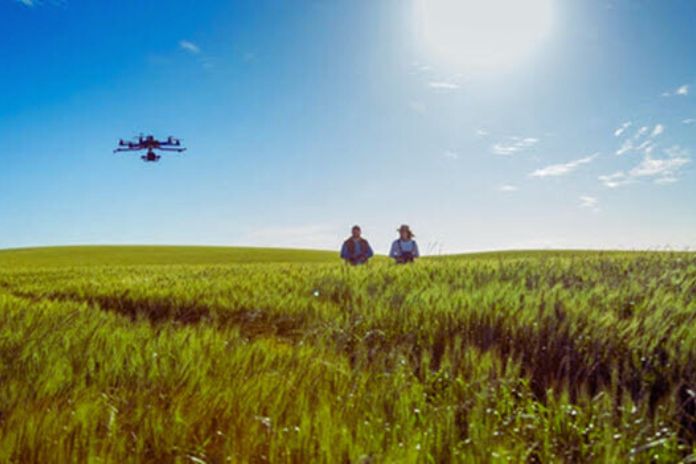It is nothing new that technological advances make the daily lives of many workers easier. In agribusiness, these technologies enable better planning, measurement, and data analysis to optimize production.
Today, it is possible to find advanced management solutions developed especially for the sector. With this, farmers can achieve their operational objectives, increase productivity, and reduce costs.
Below, check out which technologies will revolutionize agribusiness and how to use them in your company.
Autonomous Equipment
One of the main trends in agribusiness is the automation of processes. This technological advance guarantees more practicality, savings, and optimization of the performance of demands for rural producers.
Therefore, numerous companies in the sector are already implementing autonomous equipment in their work routine. An example is GPS-guided machinery, which can be controlled from afar using a smartphone, computer, or tablet.
This technology reduces operator costs and increases productivity by speeding up the process.
Big Data
Big Data is an area that studies how to treat, analyze, and obtain information from a set of data that is too large to be analyzed traditionally. In agribusiness, this technology promises to grow and revolutionize the sector and can be used on small, medium, and large properties.
To do this, it is possible to use various software with varying costs for data storage. Thus, Big Data facilitates the process and guarantees greater security for the producer when making decisions, as it helps the producer in the integrity of the information.
Furthermore, it improves property management, reduces waste and agricultural production costs, and increases productivity. This way, you can control the office farm and improve the sustainability of your business.
Precision Agriculture
An example of a technology gaining market share is using sensors, which guarantee greater profitability for the producer. This allows professionals to map and monitor their areas, optimizing crop management.
In this way, precision agriculture helps in decision-making, allowing the maximization of gains and minimization of impacts and waste.
With the help of location sensors, it is possible to limit the farm area and identify wetlands and existing roads. This will make it easier to organize planning more precisely.
It is also possible to use electrochemical sensors, which provide information on nutrient and pH levels. Therefore, it is a strong ally for planning the fertilization of the property. In fact, with easy access to the soil map, it will be easier to apply fertilizers.
Another option is using sensors in sprayers, which minimize pesticide costs. This is because it is possible to study the presence of weeds and only apply herbicides in the identified locations.
With productivity sensors, it is possible to observe which regions are most productive on the farm. Today, most harvesters already have the sensors necessary for mapping productivity.
In agronomy, it is also possible to use climate sensors and irradiation meters to obtain more accurate data on the climate. This makes it possible to measure inputs and have more efficient control over the need to intensify irrigation, for example.
Genetic Improvement And Biotechnology
Genetic improvement and biotechnology work together to develop desirable characteristics for the producer. This makes it possible to ensure more excellent plant resistance to pesticides and crop resistance to herbicides.
This technology promises more practicality, adaptability, stability, security, and flexibility to rural producers.
Software
Software is a technology capable of helping rural producers in several ways. With advances, codes are modified into easy-to-use systems, whether on a computer or cell phone. This way, the producer speeds up access to information and controls and manages rural areas more effectively.
Drones
Using drones in cultivation is another technology that has gained ground in agriculture and livestock farming. As it is a versatile piece of equipment, it can perform different functions on the farm. Furthermore, the value of the investment is quickly recoverable.
Combined with drones, it is possible to use embedded software to capture referential images in real-time. This makes it easy to identify problems and provide accurate information about planting failure sections with excess or lack of water, among other data. Consequently, the decision-making process becomes more intelligent, agile, and precise.
Internet Of Things (IoT) And 5G
In practice, the Internet of Things connects equipment, machines, and devices simultaneously through sensors and systems. This allows data and information to be shared more accurately.
With the arrival of 5G, more equipment will be able to be connected, interacting more quickly. This way, it is possible to share more and more data and information.
Management Systems
Finally, we cannot fail to discuss technologies that facilitate the business management system. With management software, it is possible to optimize tasks, allow a broad view of the business, and facilitate the demands to be carried out.
When we store the system in the cloud, activity monitoring can be done from anywhere. In other words, the manager can coordinate activities even when traveling or away from the administrative headquarters.
Also Read: ERP Implementation: How To Do It And What Are The Benefits

